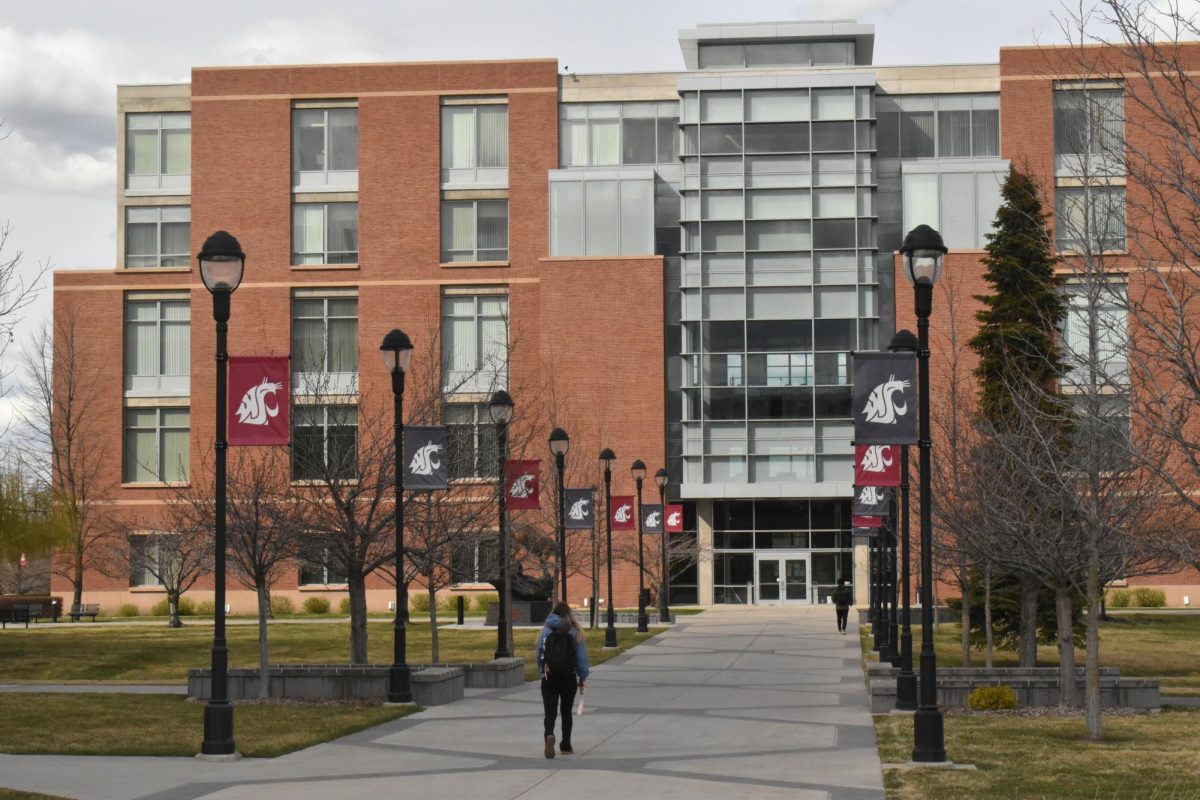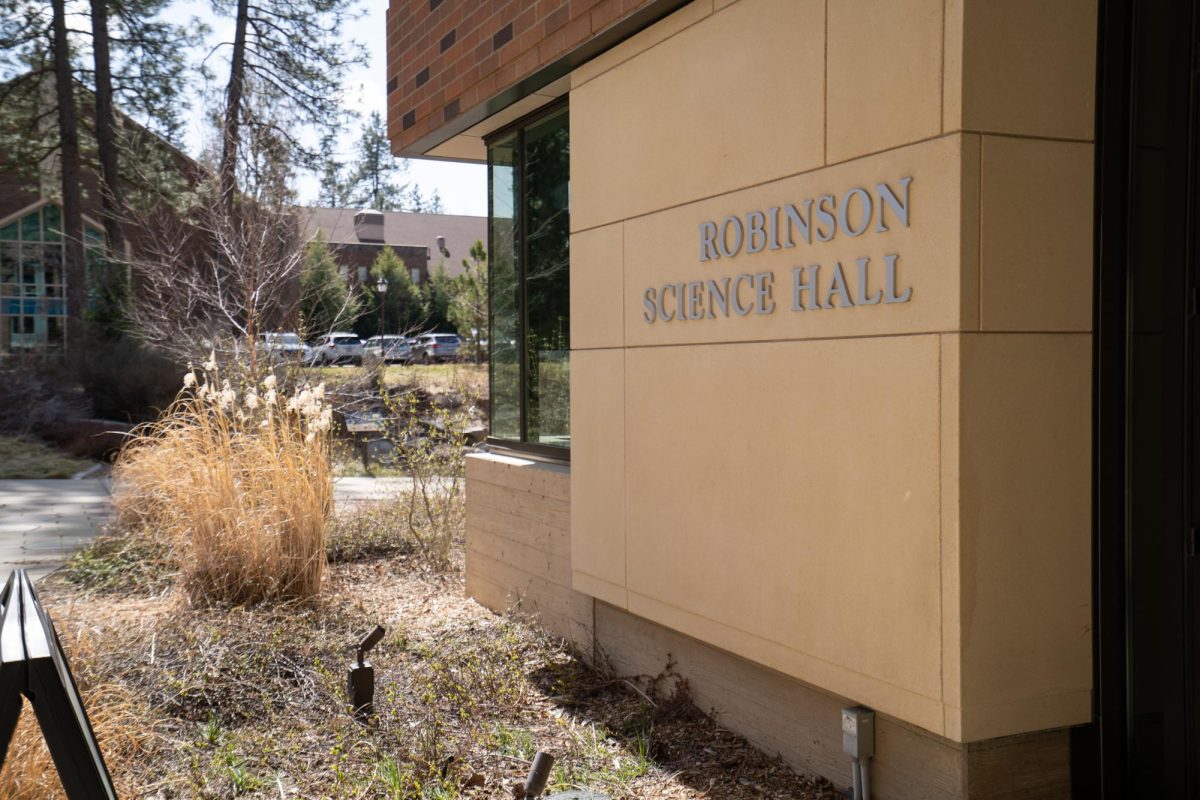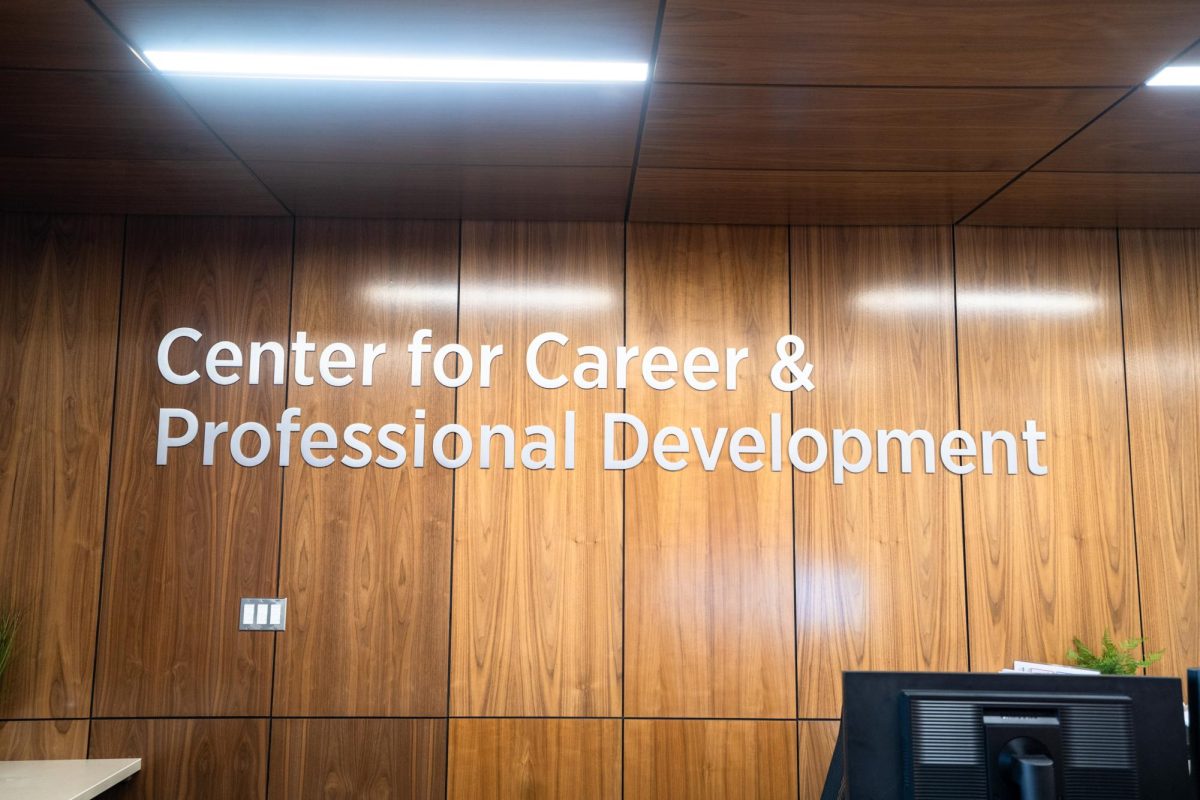Washington State University (WSU) Spokane and Whitworth University (WU) have teamed up to expand the relationship between their Health Sciences departments and WSU’s Nursing program.
The expansion of this agreement means that Whitworth students can transfer to WSU for their pharmacy, nutrition, exercise physiology, and coordinated dietetics programs, according to the news release put out by Whitworth in early March.
These programs will have 10% of their seats saved for Whitworth students, just as the Nursing program does. In return, Whitworth’s Occupational Therapy (OT) and Physical Therapy (PT) programs will have that same percentage of seats saved for WSU students.
Mike Ediger, the dean of Whitworth’s School of Health Sciences, explained that these ‘saved seats’ do not change the quality of the students in the programs offered. “We haven’t lowered the standards in any of these. Students still have to qualify for all of these programs.”
Ediger was very heavily involved in all of this work. He has done work looking at how students decide where to go to school after completing pre-requisites for their medical programs and discovered that many students value staying in the region where they began their schoolwork.
He said, “This is the start of showing them that we have more opportunities in-region for them to stay here.”
This decision is in light of the dissolution of a 50-year-old consortium between WSU, Eastern Washington University (EWU) and WU, which resulted in a partnership between Whitworth and WSU’s nursing programs within the last few years. Spokane is the health sciences hub for WSU, which also has physical campuses in Tri-Cities, Vancouver and Everett, as well as online programs.
After the consortium dissolved, Whitworth and WSU created their own agreement wherein Whitworth students had designated seats in WSU’s Nursing program.
This agreement made it so that Whitworth students have an easy avenue to transfer from Whitworth’s health sciences program into the Nursing-specific courses at WSU before they graduate from WSU.
This meant that students would only walk at the WSU graduation, but they could pay an optional dual-enrollment fee, which gave them a 3-credit Whitworth course, and access to on-campus facilities and employment.

Ediger discussed how making individual programs for each school, rather than sharing resources, didn’t make sense in terms of the schools as a business. “When we look at new programs, we look at market demand on both sides of the equation. Are there students who want to come into these programs? Are there enough students? And then on the back end, are there enough jobs for them to go into? Additionally, we have to look at the community. Can the community support these programs?” Ediger said.
Some of this information comes from advising students and seeing what majors and programs they are choosing. Those discussions are very easy ways to understand what students want and need from their education. Ediger said that those questions are naturally part of his job, so it was easy to pick up on the information he worked with in this decision-making process with WSU, which took over a year and a half to solidify.
The latter of those two concerns, capacity for community support, is especially important for medical programs, which require clinical experiences to occur while still in school, according to Ediger. It’s important to consider all of those questions when discussing whether or not a new program is the best option for a higher education institute like Whitworth. Because WSU already had well-established programs in the areas Whitworth looked at, it made the most sense to combine efforts and create a way for students to easily move from one institution to the next.
This partnership is in light of workforce shortages and an anticipated exacerbation of that issue. Jennifer Robinson, the associate vice president of Interprofessional Education at WSU, faculty member in WSU’s College of Pharmacy and Pharmaceutical Sciences, and a former pharmacist, spoke on that reasoning.
“In the next ten years, we’re anticipating that 30% of the health care workforce is going to retire,” Robinson said.
She also mentioned that fewer people are entering the workforce than leaving it, so there is a general personnel shortage in the health care industry. The American Health Association reported in a study conducted by Mercer, focused on the issue, shows that well over half of the country’s states are predicted to have a labor shortage in the healthcare industry.
That comes, in part, from the pandemic, which caused financial losses in hospitals, stress, and overall mental health, causing people to be more likely to leave their jobs, according to the AHA.
That means that creating easy-to-access avenues for getting health care jobs is especially essential right now. But on the financial front, it doesn’t make sense to add all these programs to both schools when there are already well-established programs elsewhere. So, Whitworth and WSU both agreed over the last couple of years to make the avenues between their schools easier to navigate.
Robinson says that this relationship is very important to her. “I really value the partnership when we can come together and we can identify that are in good business sense that also serve our community. The future, I think, it can be bright as long as we can come together and support the next generation the best of our ability.”







